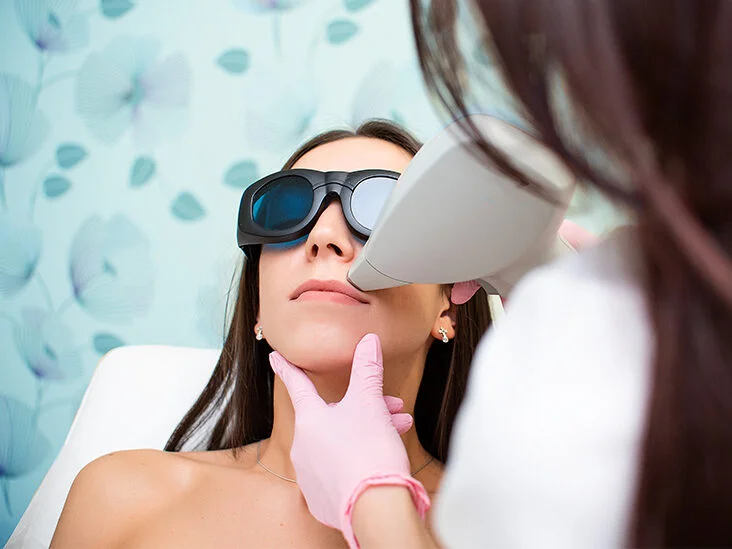Laser hair removal is a cosmetic procedure that uses concentrated beams of light (laser) to remove unwanted hair. The laser emits light energy absorbed by the pigment in the hair follicles, leading to the destruction of the hair follicles and inhibiting future hair growth. Here are key aspects of laser hair removal:
- Procedure Overview:
- During laser hair removal, a handheld device is used to deliver laser energy to the targeted areas. The pigment in the hair follicles absorbs the light, converting it into heat, which damages the follicles and inhibits hair growth.
- Candidates for Laser Hair Removal:
- Laser hair removal is generally effective for individuals with light skin and dark hair, as the contrast between the skin and hair color allows the laser to target the hair follicles more precisely. However, advancements in technology have expanded the applicability to a broader range of skin and hair types.
- Common Treatment Areas:
- Laser hair removal can be performed on various body areas, including the face, arms, underarms, legs, bikini line, chest, and back. It is essential to discuss the specific treatment areas with the practitioner.
- Number of Sessions:
- Multiple treatment sessions are usually required to achieve optimal results. Hair grows in cycles, and laser hair removal is most effective during the active growth phase (anagen phase). Therefore, a series of sessions spaced several weeks apart is typically recommended.
- Duration of Each Session:
- The duration of each laser hair removal session depends on the treatment area’s size. Smaller areas, such as the upper lip or underarms, may take only a few minutes, while larger areas, like the legs or back, may take longer.
- Pain and Discomfort:
- The procedure may cause some discomfort, often described as a sensation of snapping rubber bands on the skin. The pain level varies among individuals and depends on factors such as the treated area’s sensitivity and the individual’s pain tolerance.
- Side Effects:
- Temporary side effects may include redness, swelling, and mild discomfort at the treatment site. These effects usually subside within a few hours to a day. Rarely, more severe side effects such as blistering or changes in skin pigmentation may occur.
- Sun Protection:
- It is crucial to avoid sun exposure and use sun protection, such as sunscreen, before and after laser hair removal. Sun exposure can increase the risk of complications and affect the treatment’s effectiveness.
- Maintenance Sessions:
- After completing the initial series of sessions, some individuals may require maintenance sessions periodically to address any new hair growth or changes in hormonal factors that affect hair growth.
- Professional Practitioner:
- Laser hair removal should be performed by a qualified and experienced practitioner, such as a dermatologist or licensed laser technician. Choosing a reputable clinic with trained professionals ensures safe and effective treatment.
- Preparation and Aftercare:
- Before the procedure, individuals may be advised to avoid plucking or waxing the treatment area and to shave the area instead. Aftercare may include avoiding sun exposure, using soothing creams, and following specific skincare instructions provided by the practitioner.
- Cost Considerations:
- The cost of laser hair removal varies based on factors such as the treatment area’s size, the number of sessions required, and the geographical location of the clinic. It’s essential to discuss costs and payment plans during the initial consultation.
It’s important to note that individual responses to laser hair removal can vary, and results may not be permanent for everyone. Consulting with a qualified practitioner can help determine if laser hair removal is a suitable option based on individual skin and hair characteristics.
